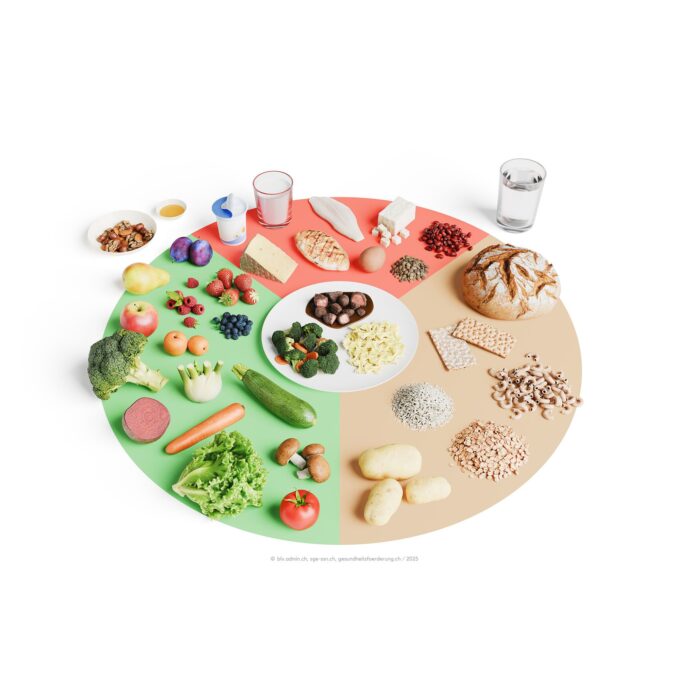Contaminated Swiss streams
Two studies conducted by Eawag and the Ecotox Centre again show that waterbodies in agricultural catchments are heavily polluted with pesticides. Concentrations of individual substances pose a risk of chronic damage over a period of months and, for extended periods, are above levels at which there is an acute toxic risk to plants and animals in the water. In most samples, 30 or more different active substances were measured. Studies of the biodiversity in the streams and bioassays confirm the danger posed by these substance mixtures.

© Eaweg/Esther Michel
From March to October 2017, Eawag and the Ecotox Centre continuously tested samples from five smaller streams with different agricultural uses in the catchments for Plant protection products investigated. They were supported by five cantons and the Water Quality Platform of the VSA (Association of Swiss Wastewater and Water Protection Experts). The study was commissioned by the Federal Office for the Environment FOEN as part of the National Surface Water Quality Monitoring NAWA. Today, the results were published in two articles in the journal Aqua&Gas.
Mixtures lead to long-lasting risk
Between 71 and 89 active substances were found per site, for a total of 145 substances. Environmental quality criteria, derived from tests for each substance, were exceeded in all five streams. For three and a half to six and a half months, i.e. in places during the entire growing season, there was a risk of chronic, i.e. gradual, damage to organisms in the stream. During 14 to 74 days, the risk was so high that acute impairment of the biotic communities must be expected. Individual particularly problematic conditions led to this finding Fabricsbut finally also the whole mixture of herbicides, fungicides, insecticides and other agents: In the Eschelisbach (TG), this calculated risk was up to 36 times and in the Weierbach (BL) up to 50 times above the threshold for negative effects on plant reproduction, development and health, Animals and microorganisms need to be feared. For plants, this was additionally checked with an algae test. For invertebrates, it was found that sensitive species were simply absent from polluted sites.
From year to year different fabrics
Two of the five streams investigated (Eschelisbach/TG and Weierbach/BL) had already been sampled in 2015. A comparison of the two years of investigation shows a very different spectrum of substances. In the Weierbach, for example, a total of 21 substances are problematic for aquatic organisms. However, only 4 of these showed concentrations that were too high in both years. The main reasons for this are the weather and the location of the respective cropland in relation to the water body. While the total load in the Eschelisbach was slightly higher in 2017 than in 2015, it decreased in the Weierbach.
The wide range of substances used and the high temporal variability make two points clear: water monitoring must keep track of a broad spectrum of active substances - currently, the measurement of around 50 pesticides could explain a good 75% of the risk, according to soil hydrologist Christian Stamm of Eawag. And a whole raft of measures is needed to reduce water pollution: "These include the replacement of particularly critical substances, a general reduction in the use of plant protection products and the minimization of losses from cultivated areas - all points which are provided for in the National Action Plan for Plant Protection Products and must now be implemented as quickly as possible," says Stamm.
More info









